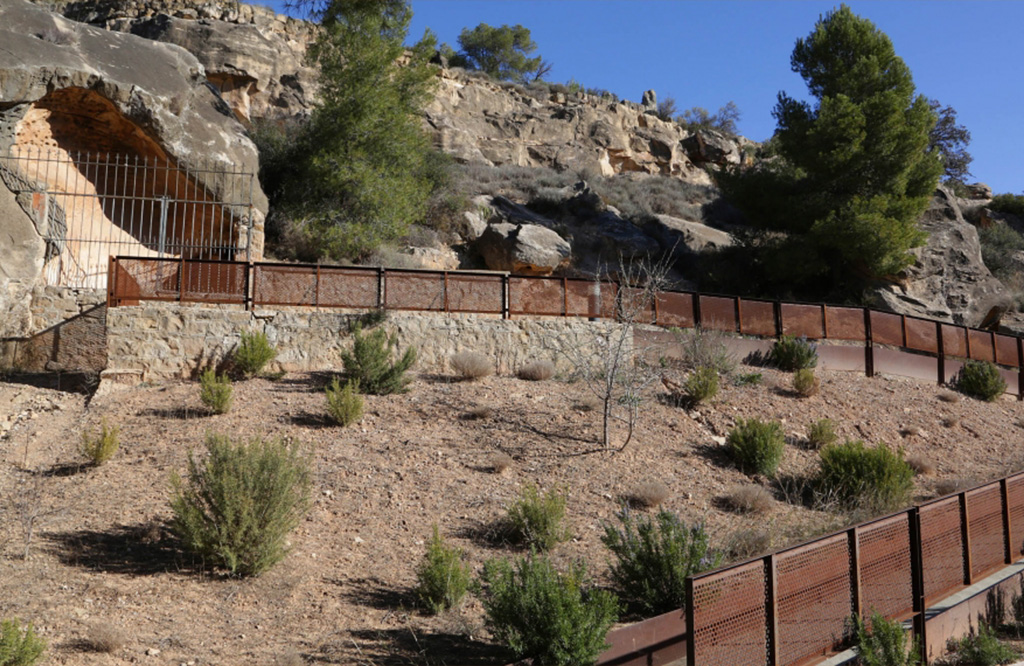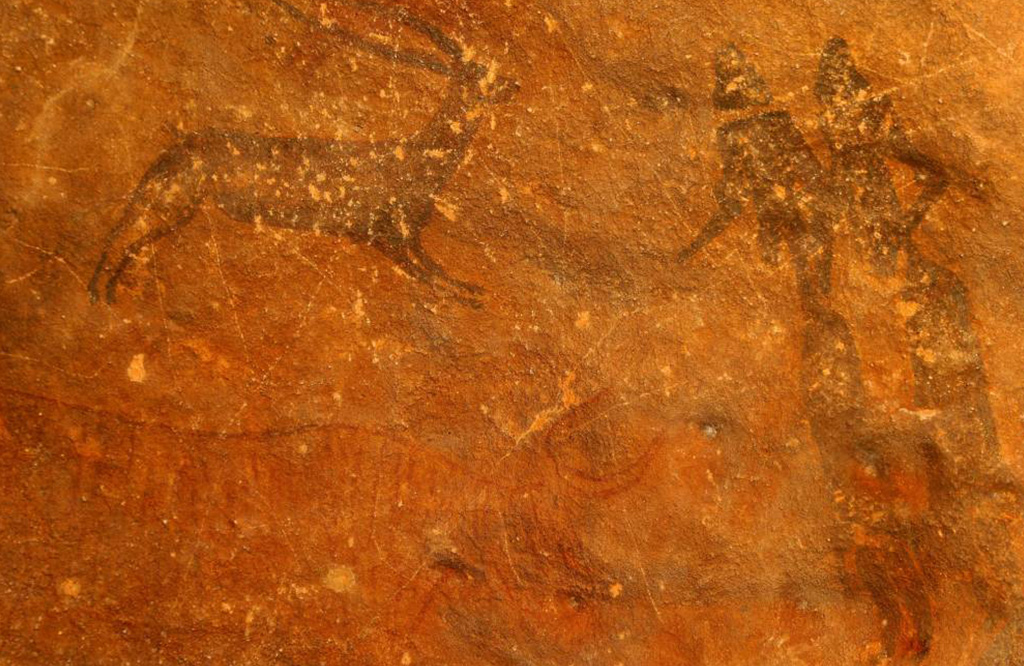Past, present and future research
The paintings and engravings of Roca dels Moros continue to fascinate and are a point of reference for those who study prehistoric art more than a century after their discovery. Let us trace a line from this time and pass through the key moments of the research that have formed the knowledge of these age-old representations.
Ceferí Rocafort and a child at Roca dels Moros in 1908
© Arxiu Fotogràfic Centre Excursionista de Catalunya
Author: Juli Soler
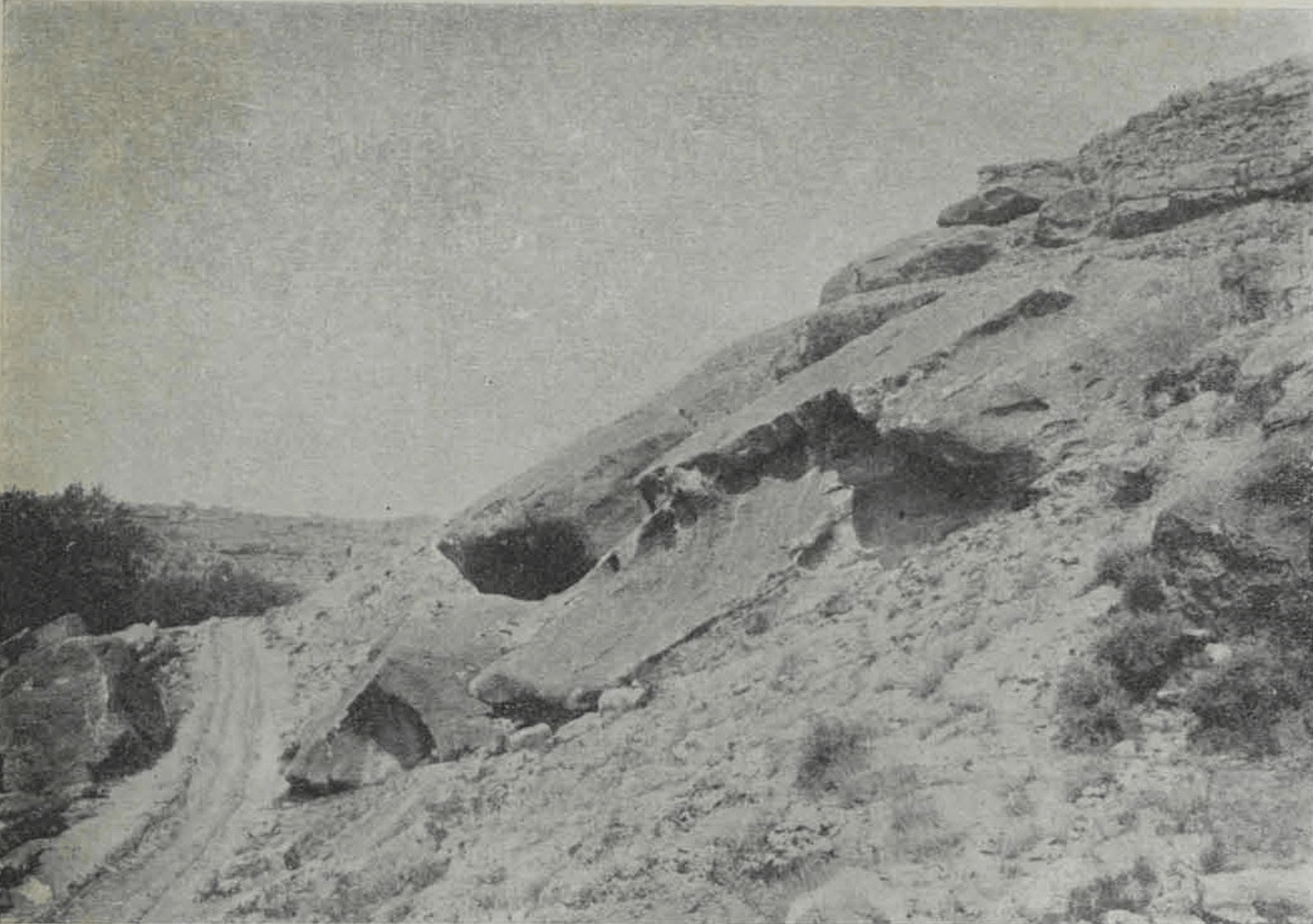
© Institut d’Estudis Catalans (Barcelona) Anuari MCMVIII
In 1908, the rector of El Cogul, Ramon Huguet, reported the existence of some curious rock paintings for inclusion in the book Geografia General de Catalunya, directed by Francesc Carreras Candi. The fact that the toponymy of the rock includes the term “dels Moros” (of the Moors) indicates that locals already knew about the paintings beforehand and situated them in a distant time.
Francesc Carreras Candi sent the hiker geographers Ceferí Rocafort and Juli Soler to corroborate this information.
Rev. Ramon Huguet and Ceferí Rocafort in the Saladar tombs, 1908
© Arxiu Fotogràfic Centre Excursionista de Catalunya
Author: Juli Soler
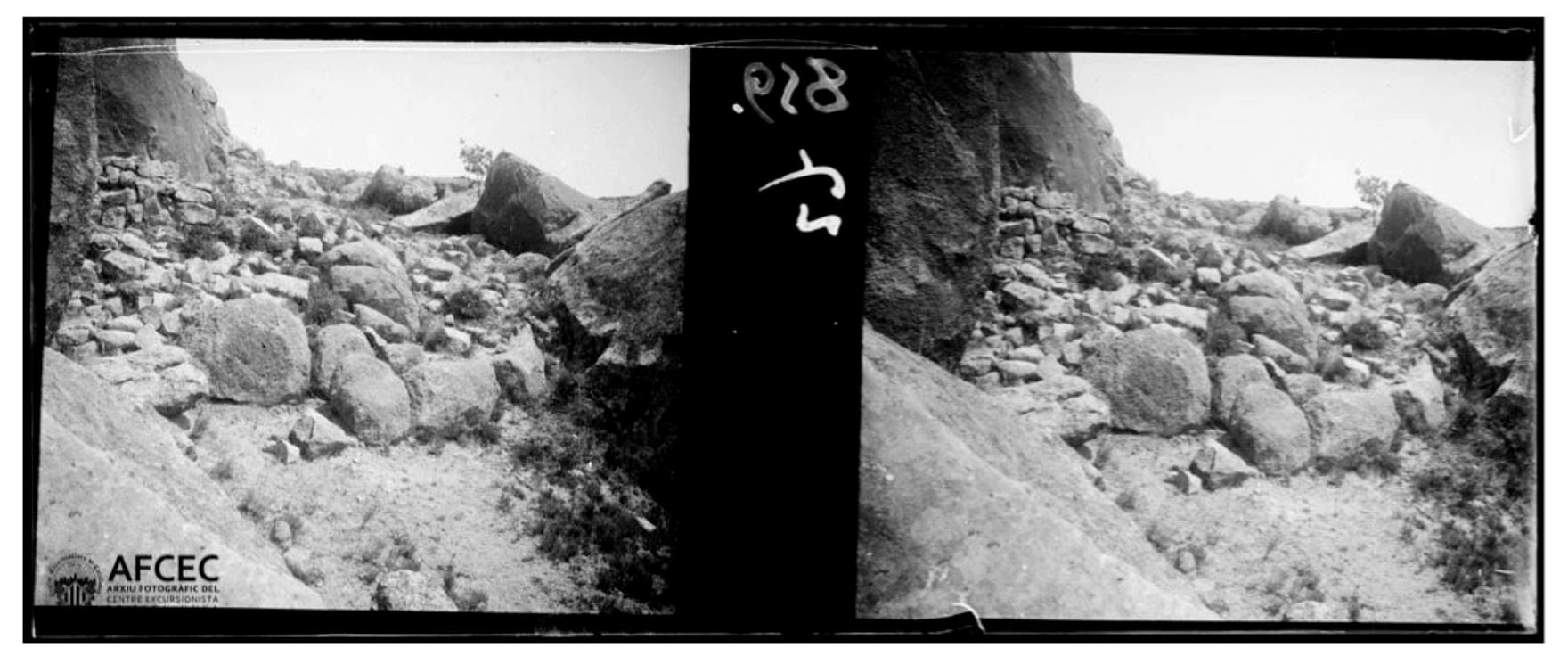
Entrance to Roca dels Moros, 1908
© Arxiu Fotogràfic Centre Excursionista de Catalunya
Author: Lluís Vidal
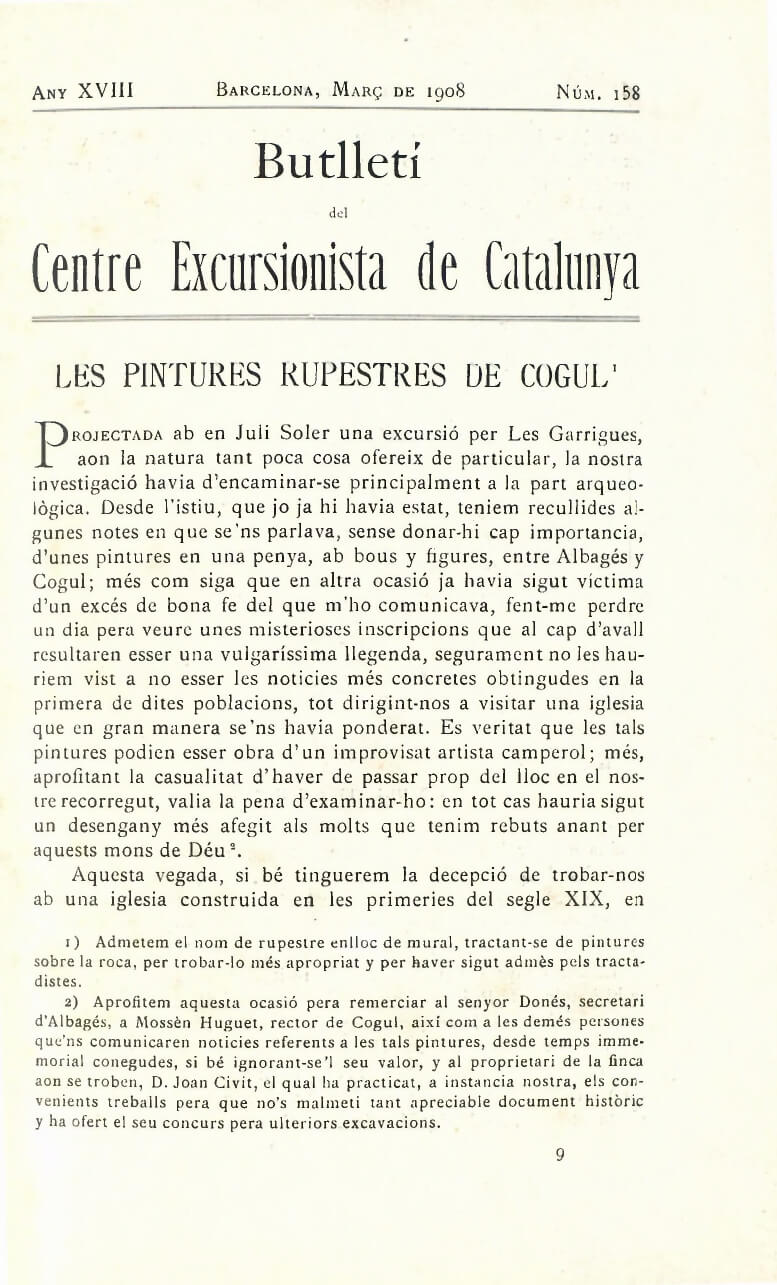
Publication of rock paintings in Butlletí del Centre Excursionista de Catalunya in March 1908
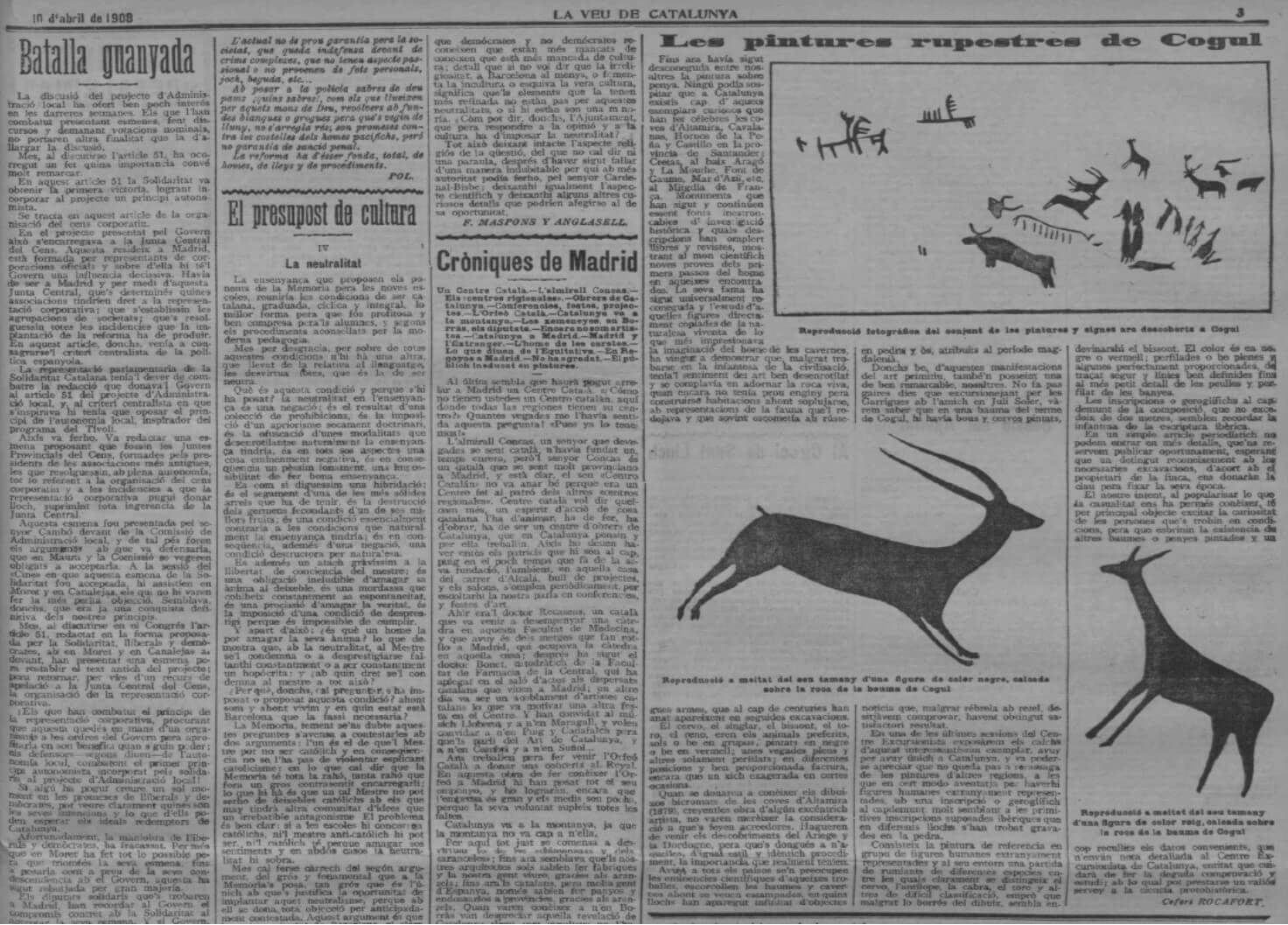
Publication of rock paintings in La Veu de Catalunya on 10 April 1908
The progress of the research at Roca dels Moros, with the work of the researchers who studied it, is illustrated through these reproductions known as calcs, or tracings.
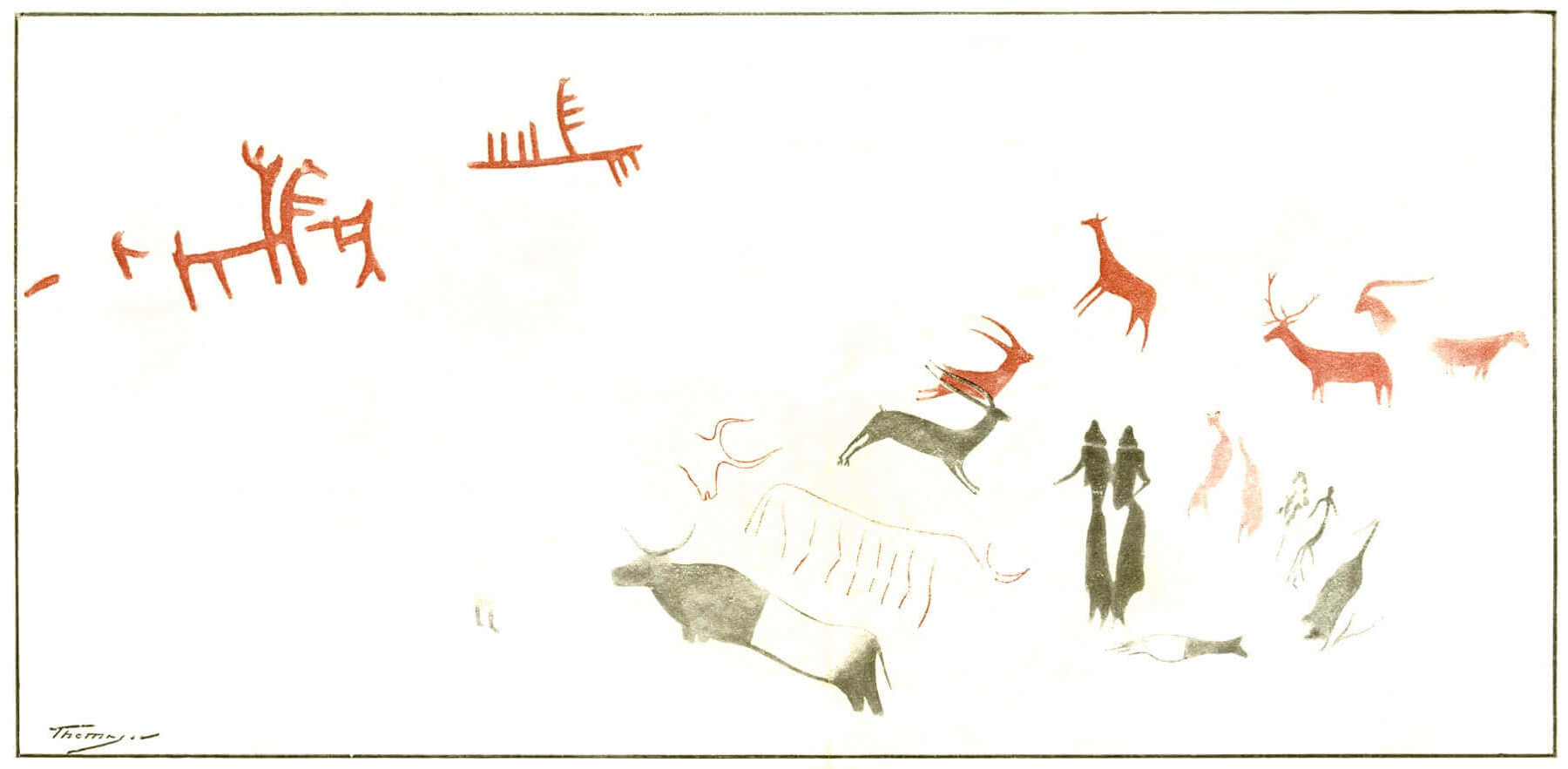
Authors: Juli Soler and Ceferí Rocafort.
The prehistorian Henri Breuil also travelled to El Cogul in the summer of 1908 to begin his research. He attributed the mural to the Upper Palaeolithic and in the tracing he presented, made by Luís Izquierdo, he transformed the deteriorated figure of a quadruped into a Pleistocene bison, where today we see a common wild boar.
The author indicated other novelties, such as the existence of engraved details, and he believed that the scene of the group of women might have represented a “phallic dance”.
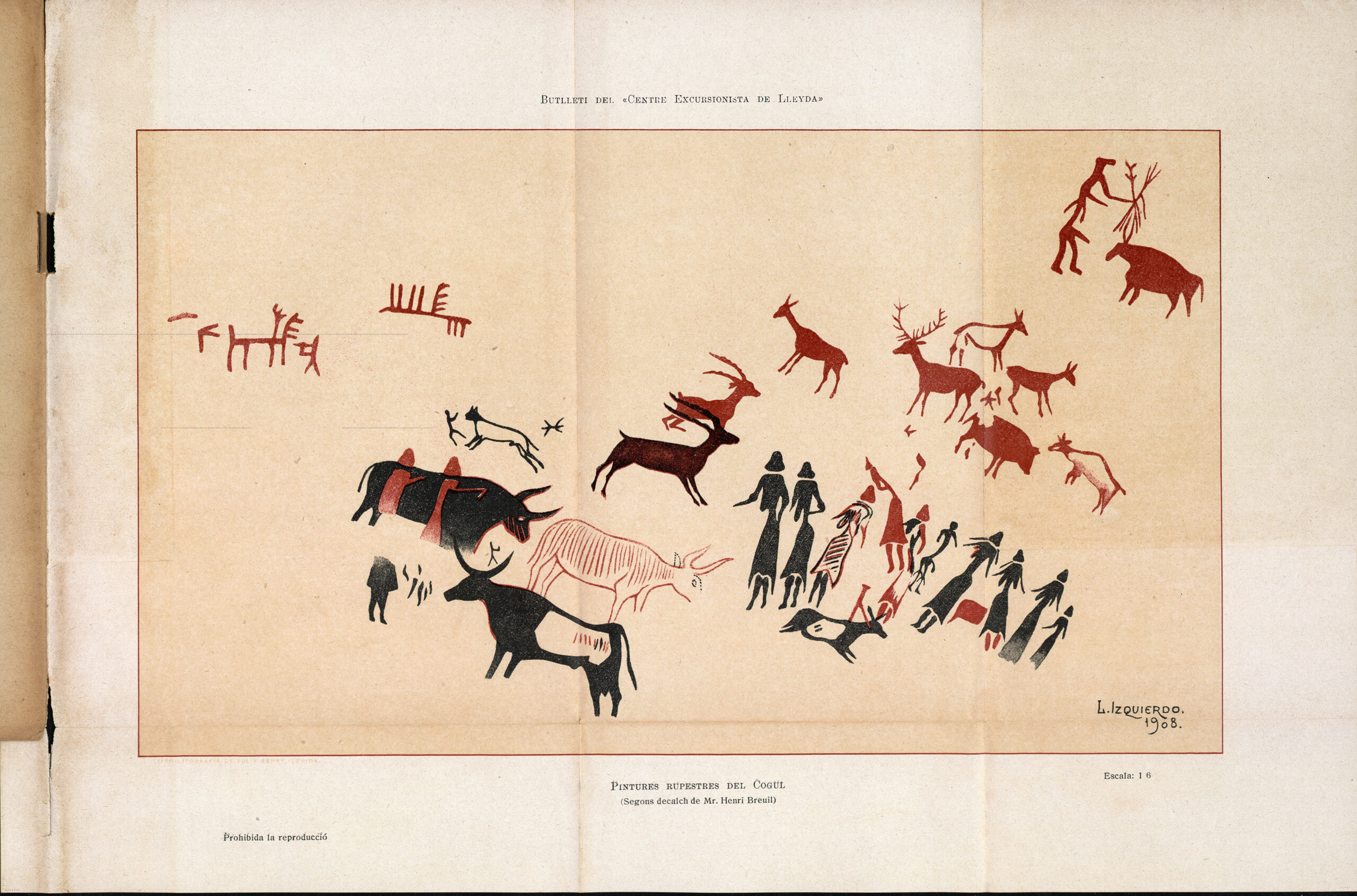
© Museu d’Arqueologia de Catalunya – MAC
Ceferí Rocafort and Juli Soler, together with Lluis Vidal, conducted research sponsored by the Institute of Catalan Studies and Centre Excursionista de Catalunya that documented up to 33 figures. Contrary to what H. Breuil proposed, they believed that the painted mural possibly corresponded to the Neolithic period.
Thus began a debate on the dating of the mural that continues until this day.
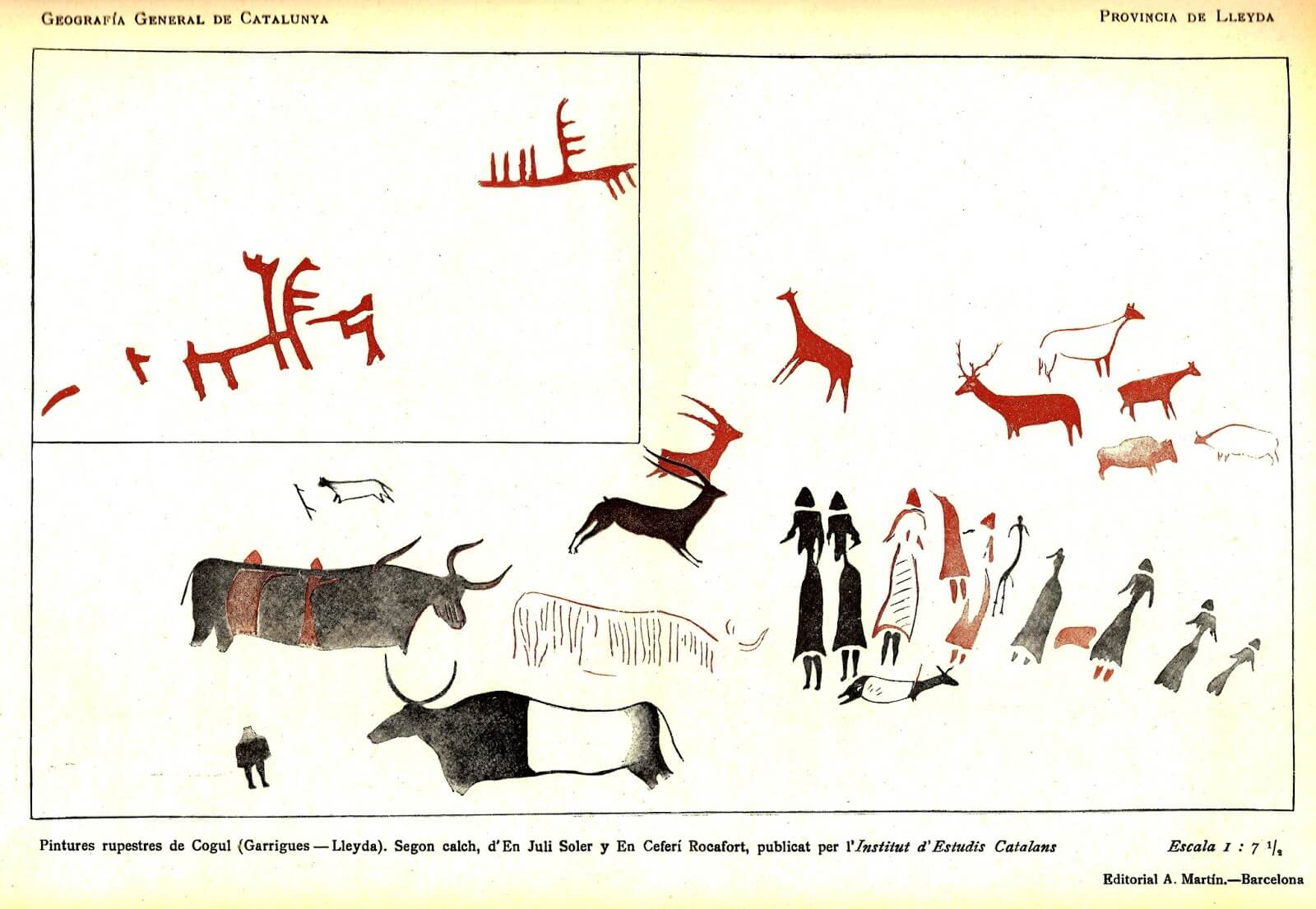
© Institut Cartogràfic i Geològic de Catalunya (ICGC)
Public domain
A few years later, the mural began to be related to other groups discovered in the mountain ranges of the pre-coastal Mediterranean peninsular. In 1915, Joan Cabré analysed the similarity of the ornaments of the human figure with figures observed in Alpera and El Charco del Agua Amarga.
The same author examined in detail the colouring and tonalities of the female figures and followed Breuil’s hypothesis, ascribing the paintings to the late Upper Palaeolithic.
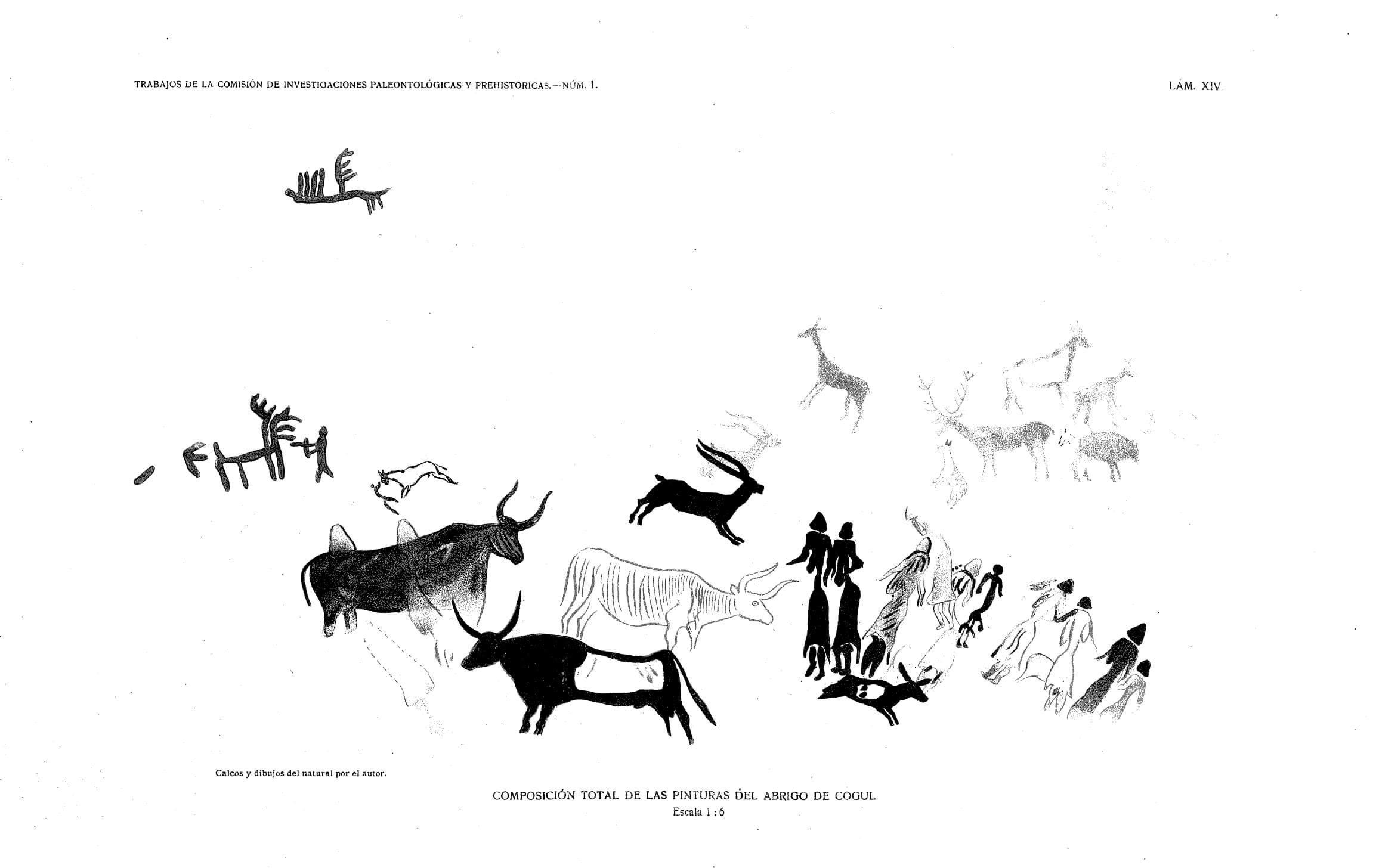
Biblioteca Virtual del Consell Superior d’Investigacions Científiques (CSIC)
Later, in 1952, Martín Almagro summarised and reviewed all the studies conducted until that time. He identified a total of 45 painted figures and various engravings.
This was the first copy to include Iberian and Roman inscriptions. The chronological attribution proposed by this author falls within the Mesolithic period.
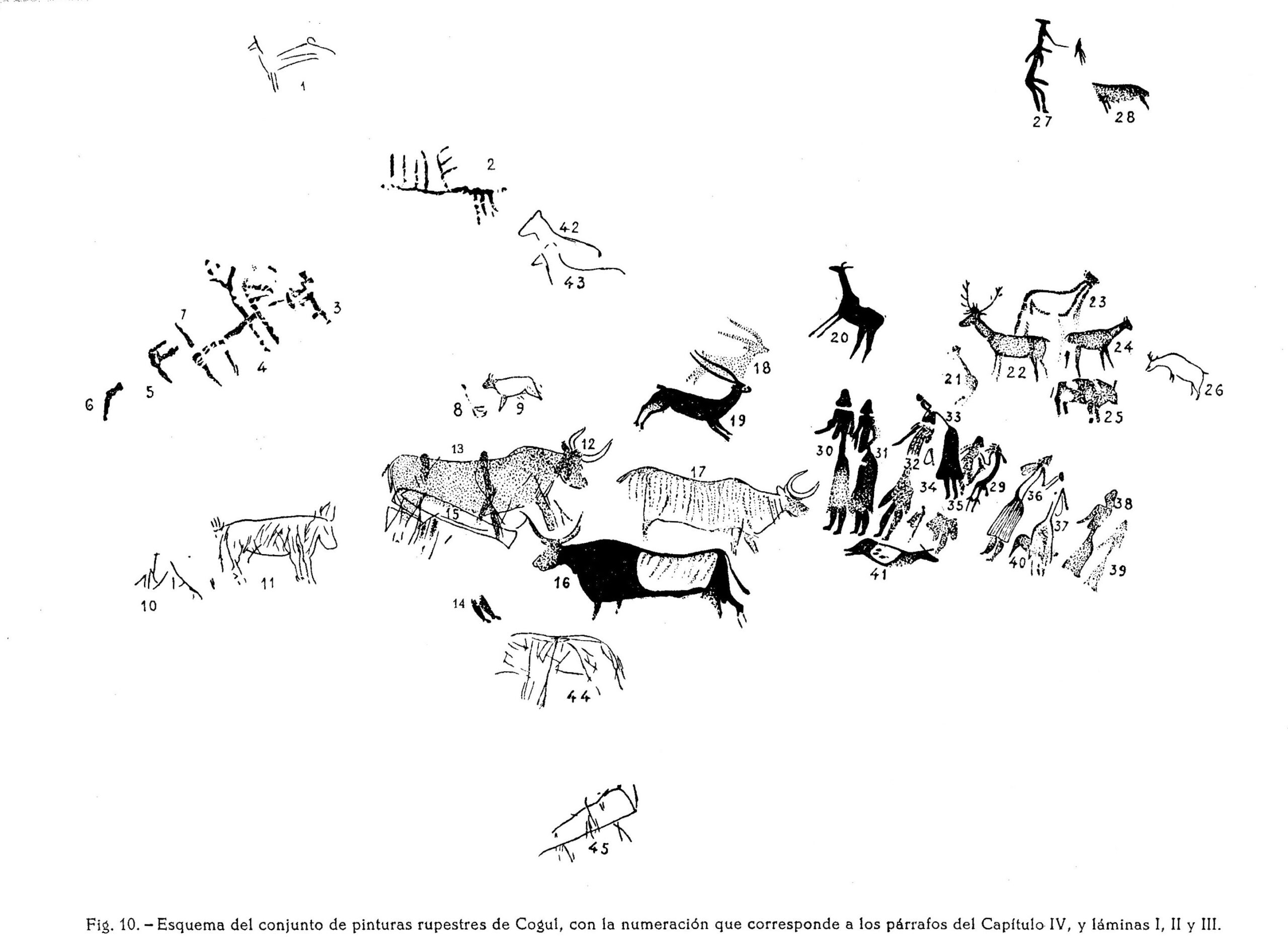
Instituto de Estudios Ilerdenses
In 1985, documentation of the rock paintings was conducted by the specialists Ramon Viñas, Anna Alonso and Elisa Sarriá as part of the Corpus de Pintures Rupestres de Catalunya (Corpus of Rock Paintings of Catalonia) project by the Department of Culture’s Archaeology Service.
This documentation included a new tracing that records 42 painted representations, as well as providing fragments of new figures and various details that had not been observed in other works. The superimpositions were also identified as a sign of the complexity of the mural’s execution.
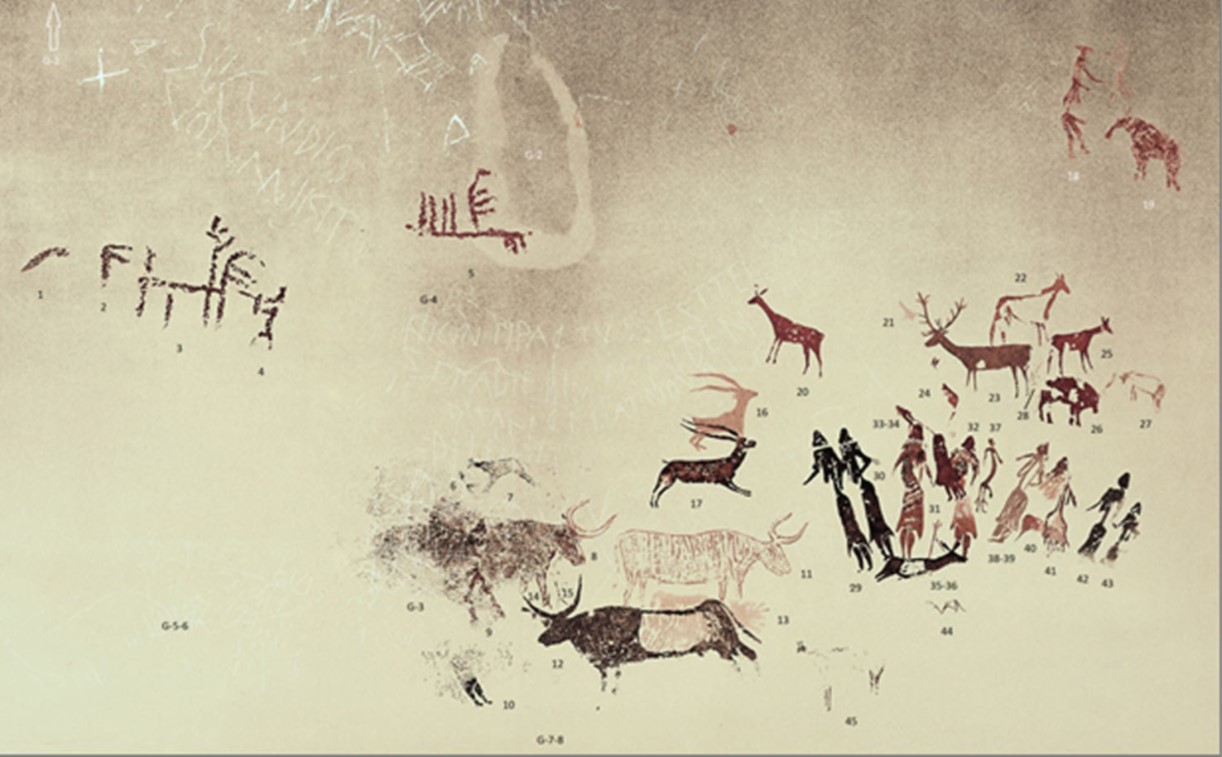
Tracing by Ramon Viñas, Elisa Sarrià and Anna Alonso made in 1985
The Catalan Agency of Cultural Heritage initiated an operation to clean the rock in 2019. The work, carried out by Eudald Guillamet and Laura Ballester, involved cleaning away soluble salts of anthropic origin to help improve the visibility of the rock art site.
The Catalan Agency of Cultural Heritage commissioned new documentation work on Roca dels Moros in 2019 from the archaeologists Albert Rubio and Ramon Viñas, and a new copy of the mural, the most recent, was produced.
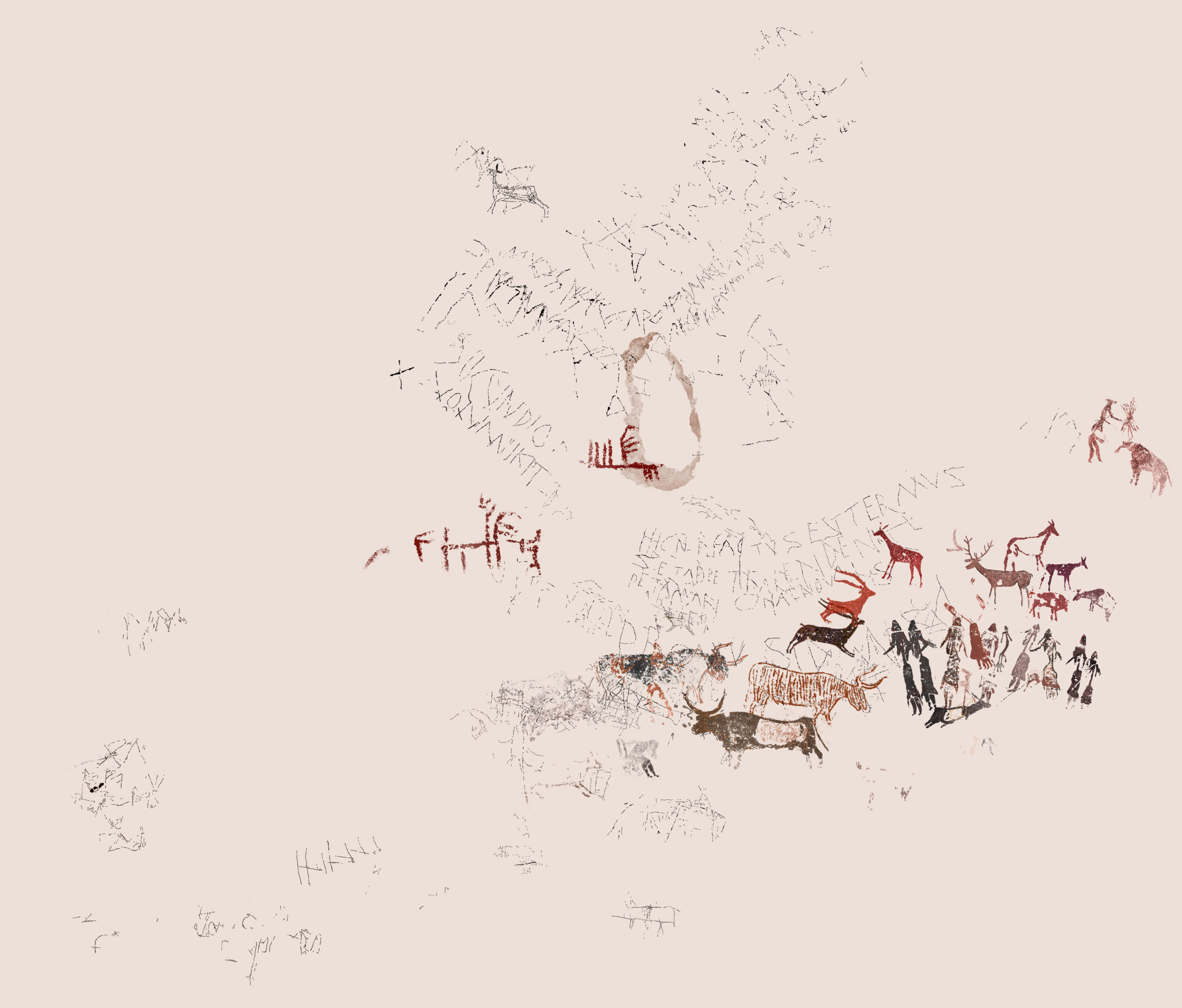
Tracing by Albert Rubio and Ramon Viñas between 2019 and 2020
Digital photography was used for the first time during this campaign as a method of investigating the mural, as well as the use of the specialised DStretch software, identifying faint pictographs that are barely visible and making it possible to discover new, hitherto unknown figures and new information of a formal and technical nature. These new findings enable a better analysis of the content of the mural as a whole.
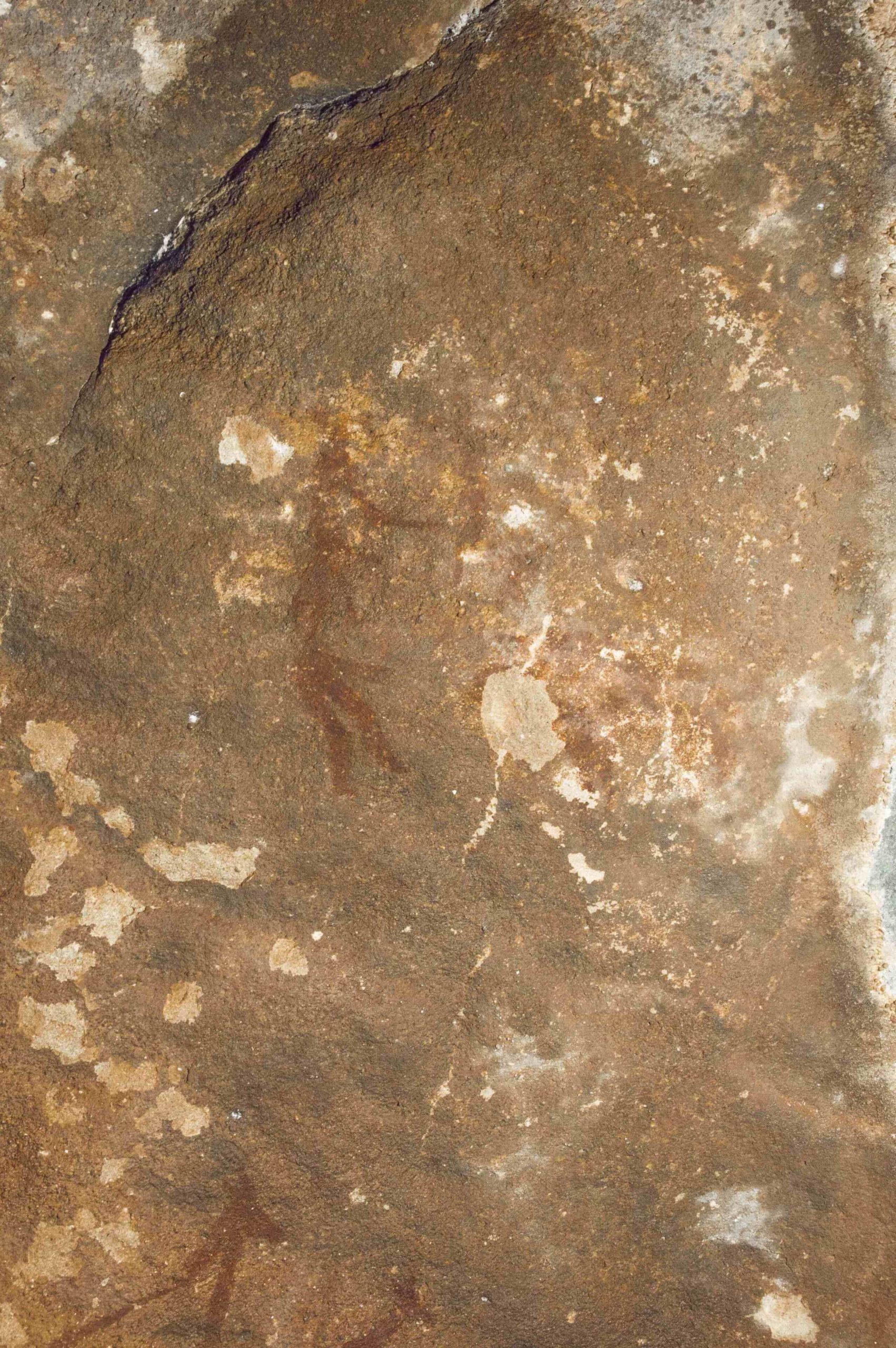
Original digital photograph, 2019
© Agència Catalana del Patrimoni Cultural
Authors: Albert Rubio and Ramon Viñas
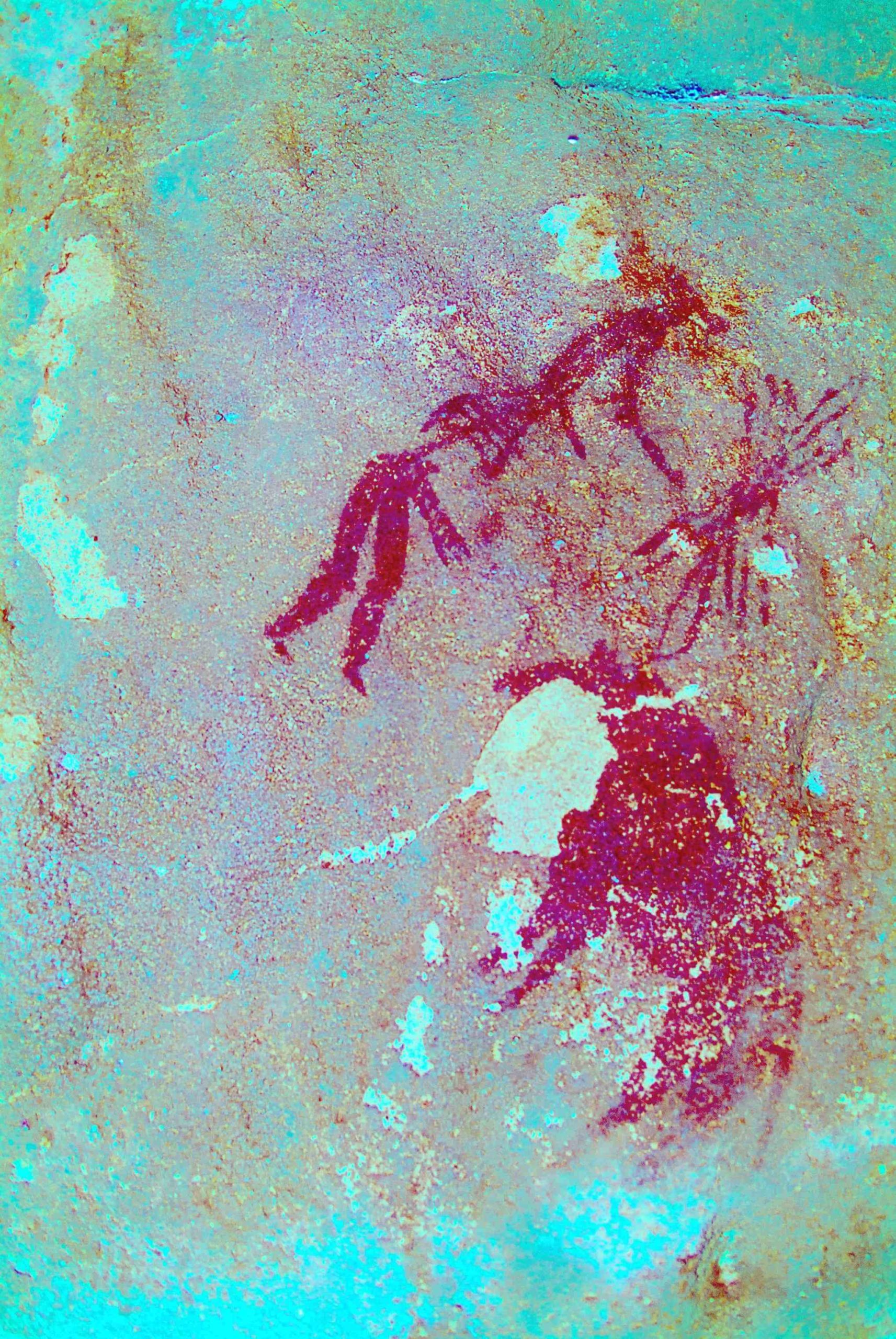
Digital photograph treated with DStretch software, 2019
© Agència Catalana del Patrimoni Cultural
Authors Albert Rubio and Ramon Viñas
The use of new technologies today, such as photogrammetry, 3D scanning and image analysis and processing software, offers a new dimension to the mural in the fields of both research and dissemination.
Research with modern technologies brings us ever closer to a better understanding of past societies.
3D modelling, a tool for the conservation, research and dissemination of the site
© Agència Catalana del Patrimoni Cultural
